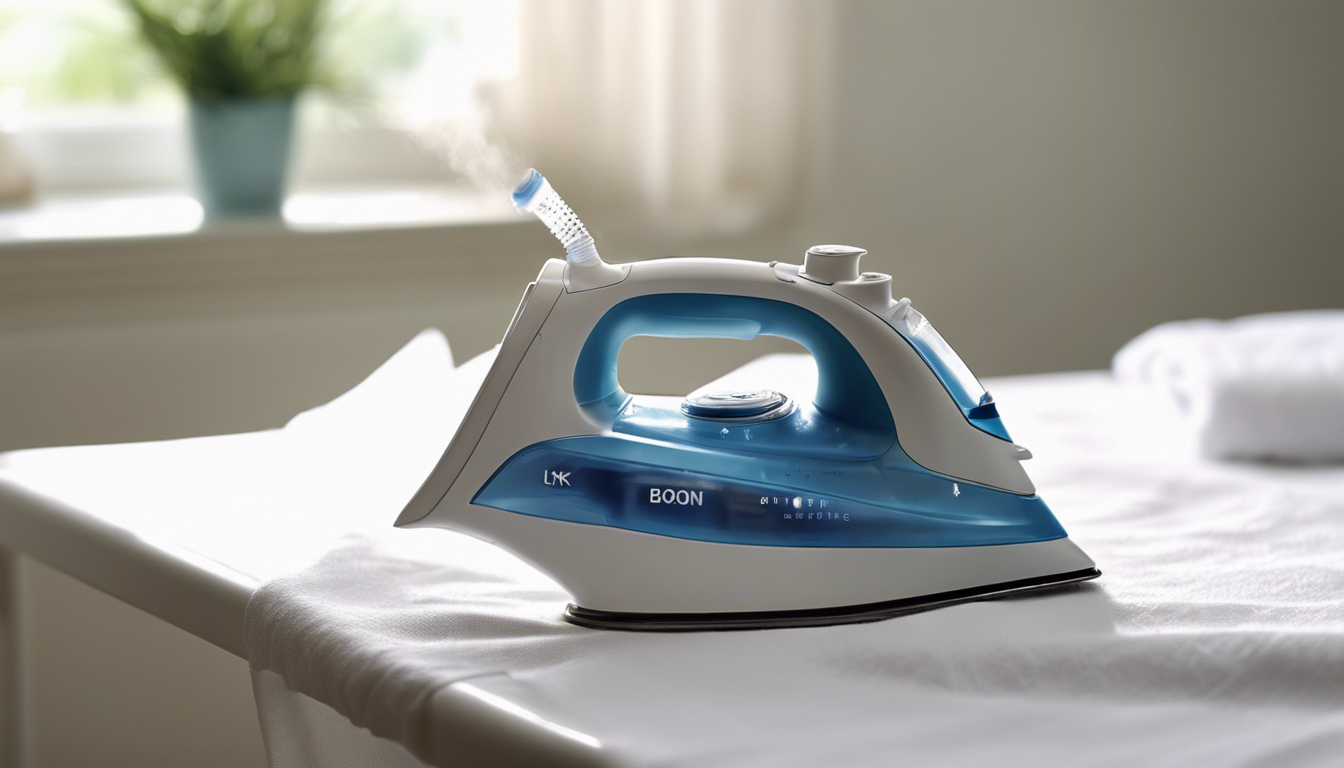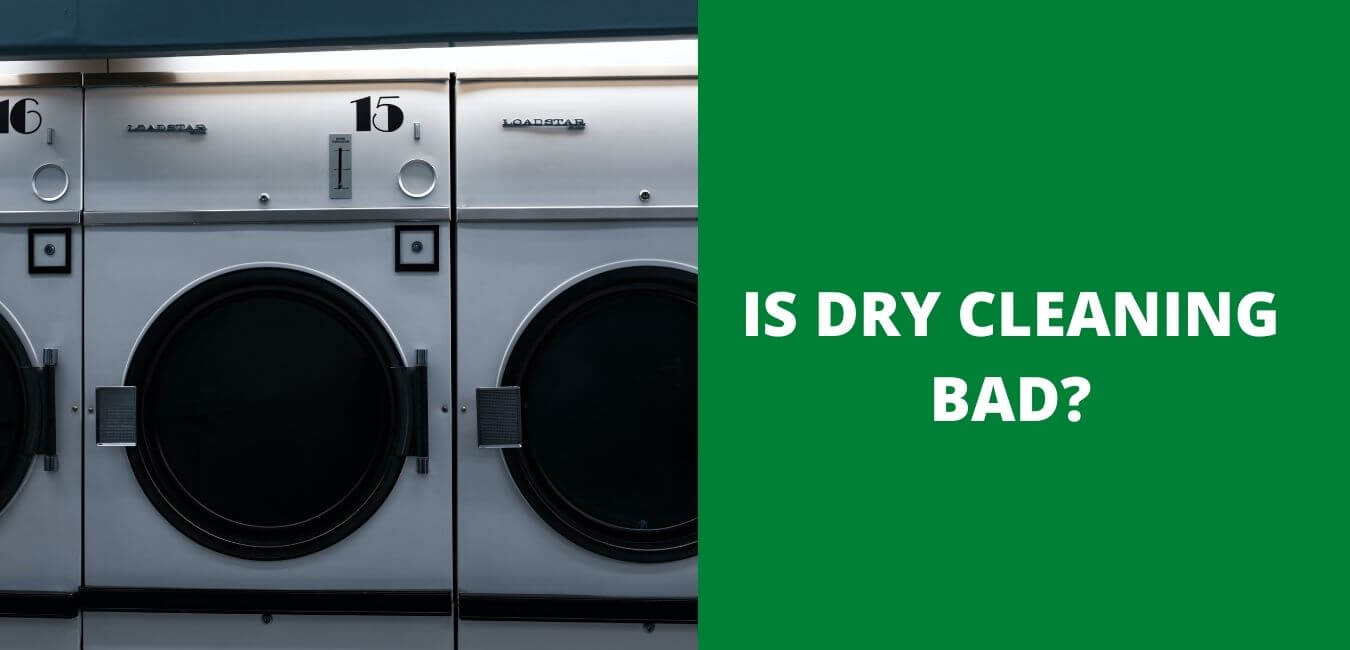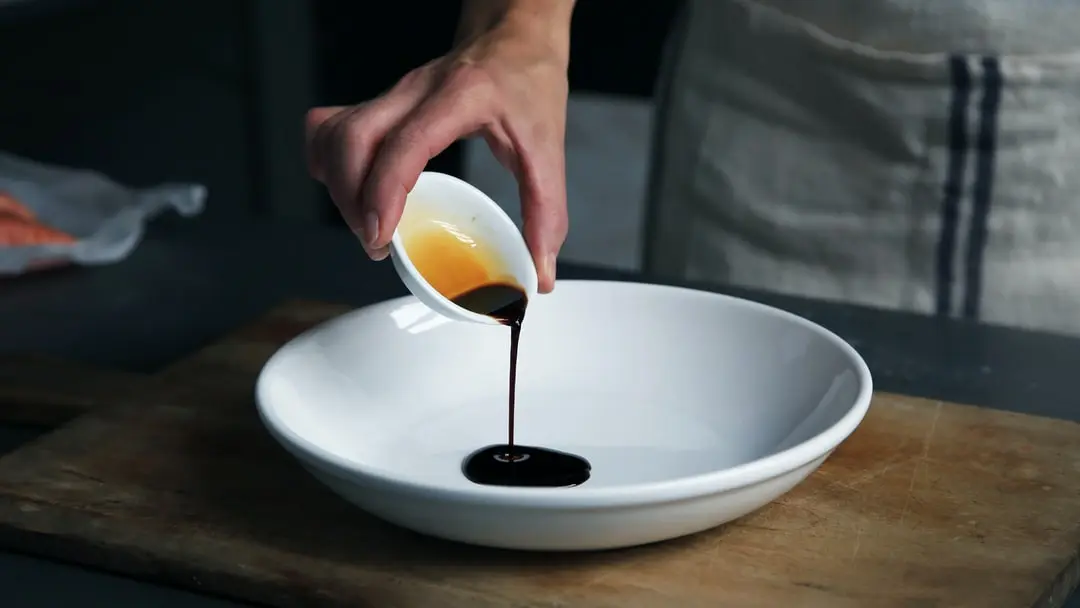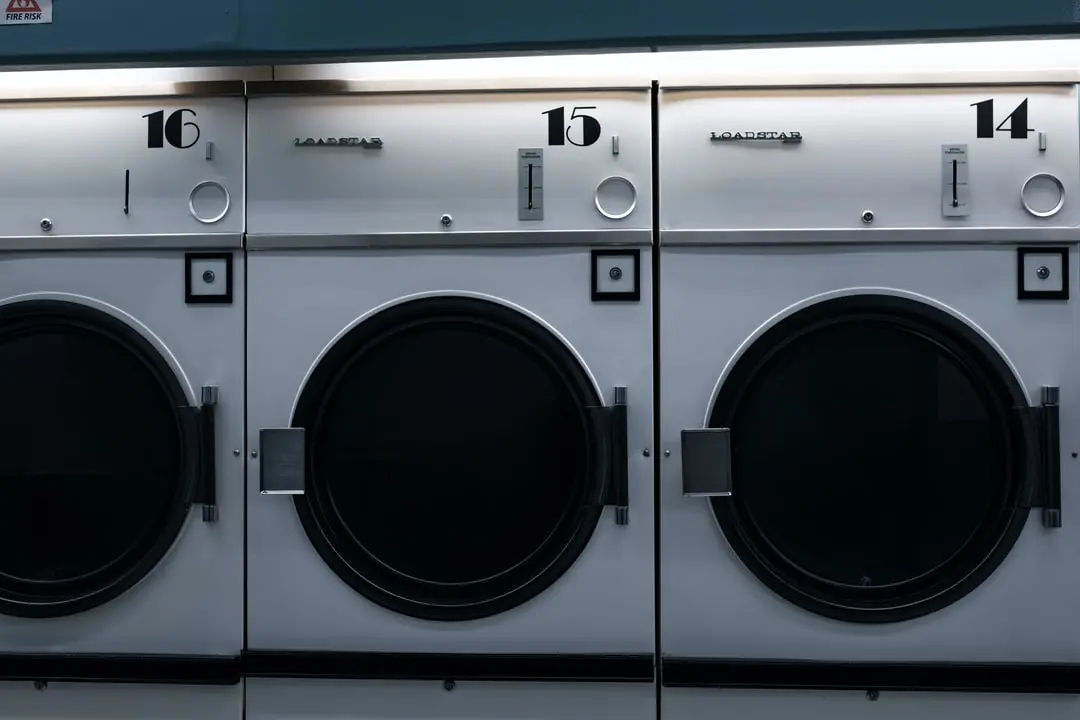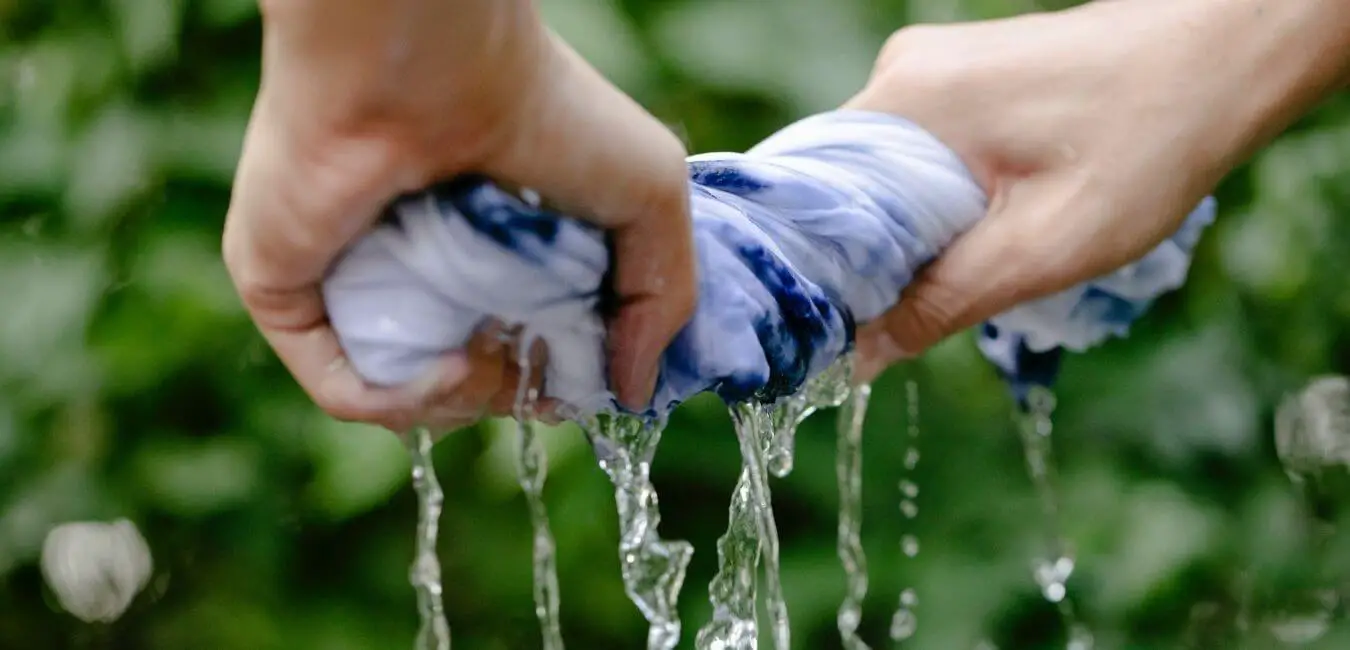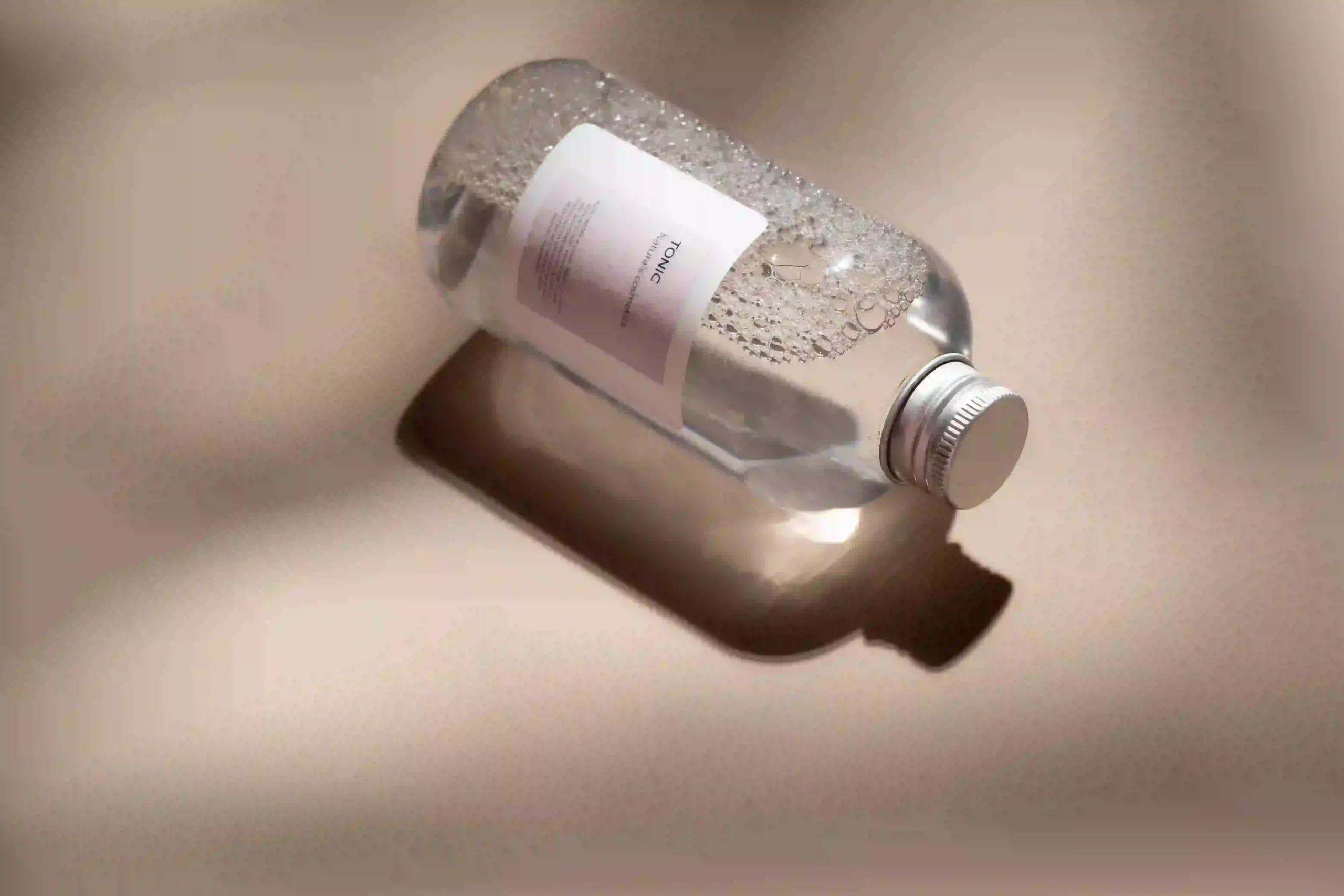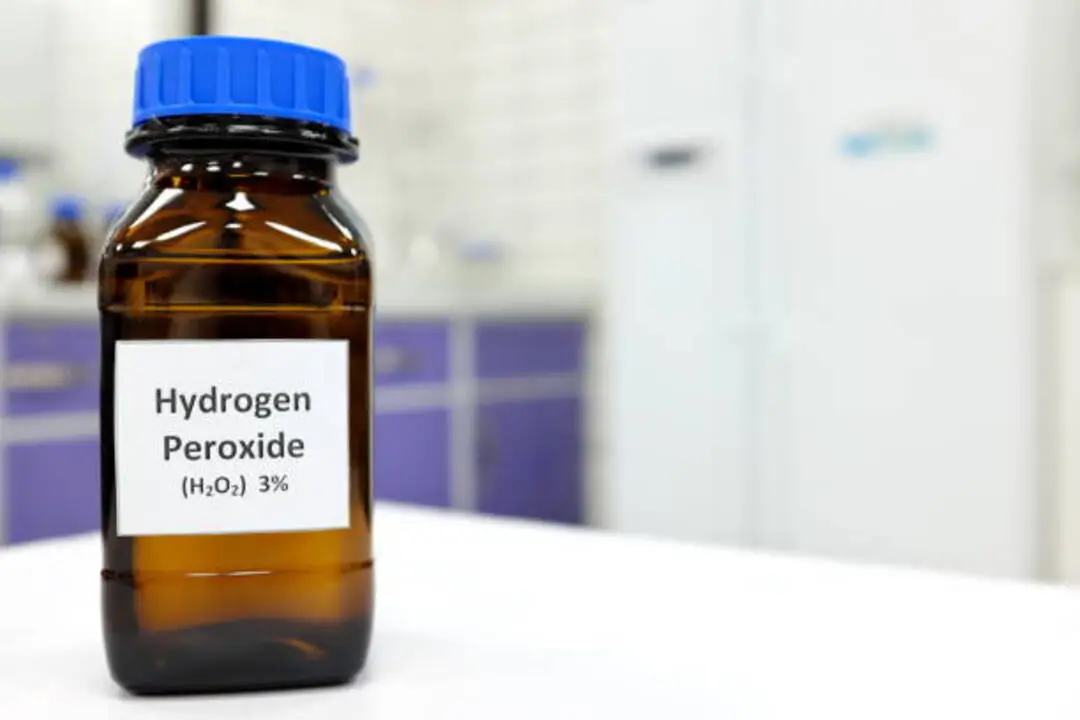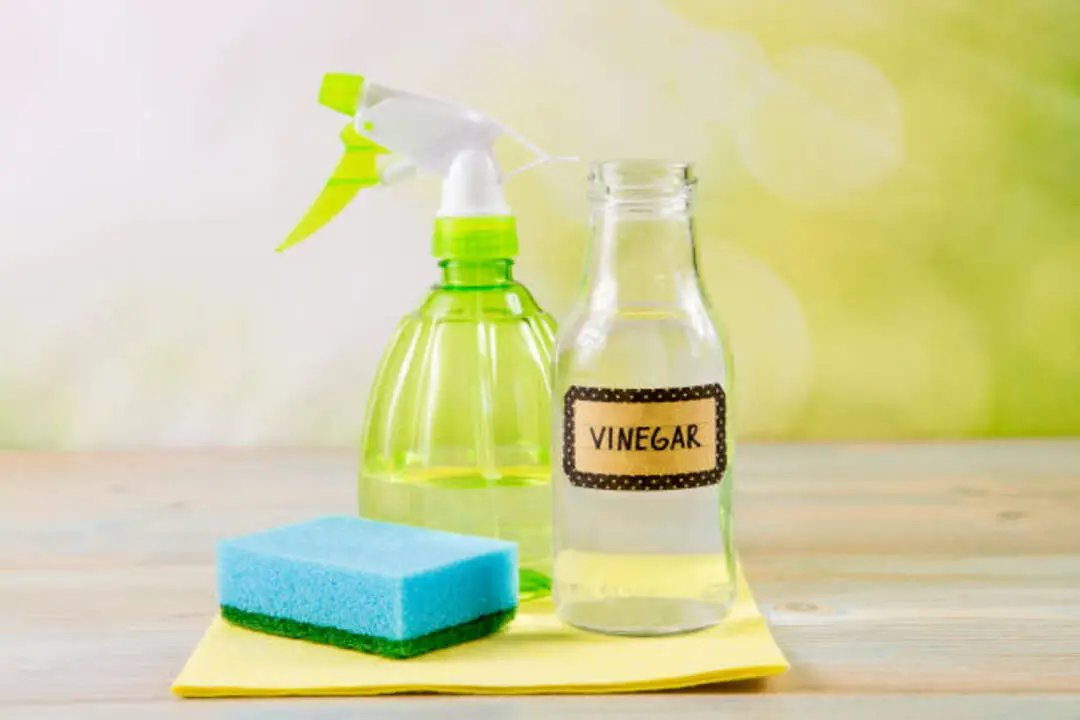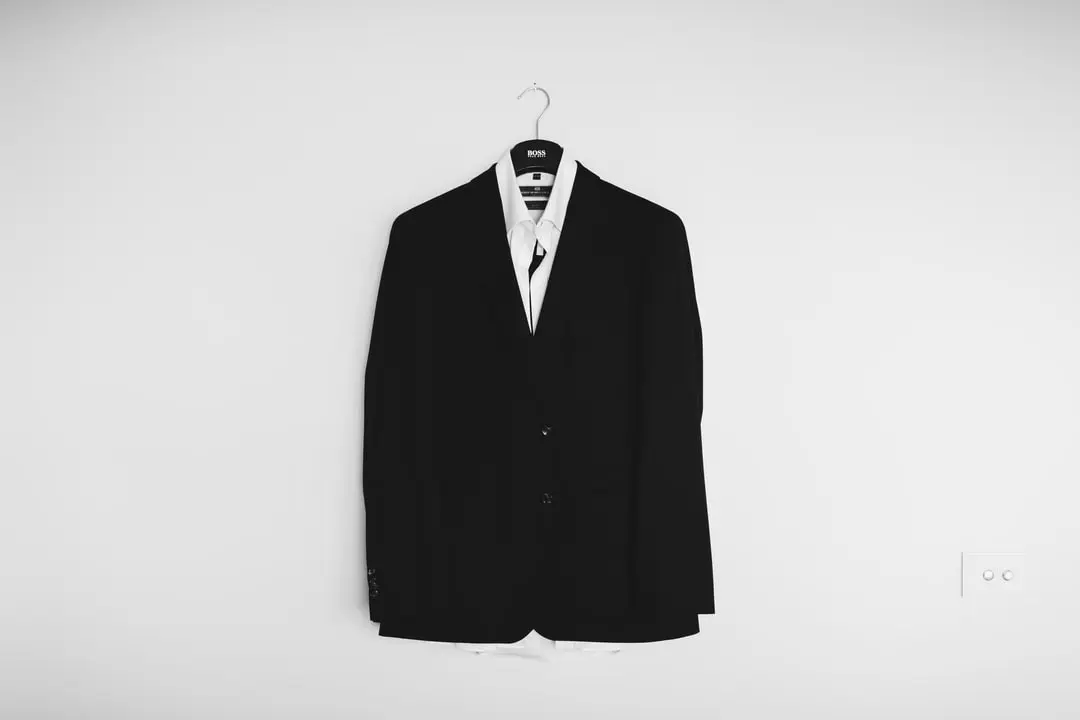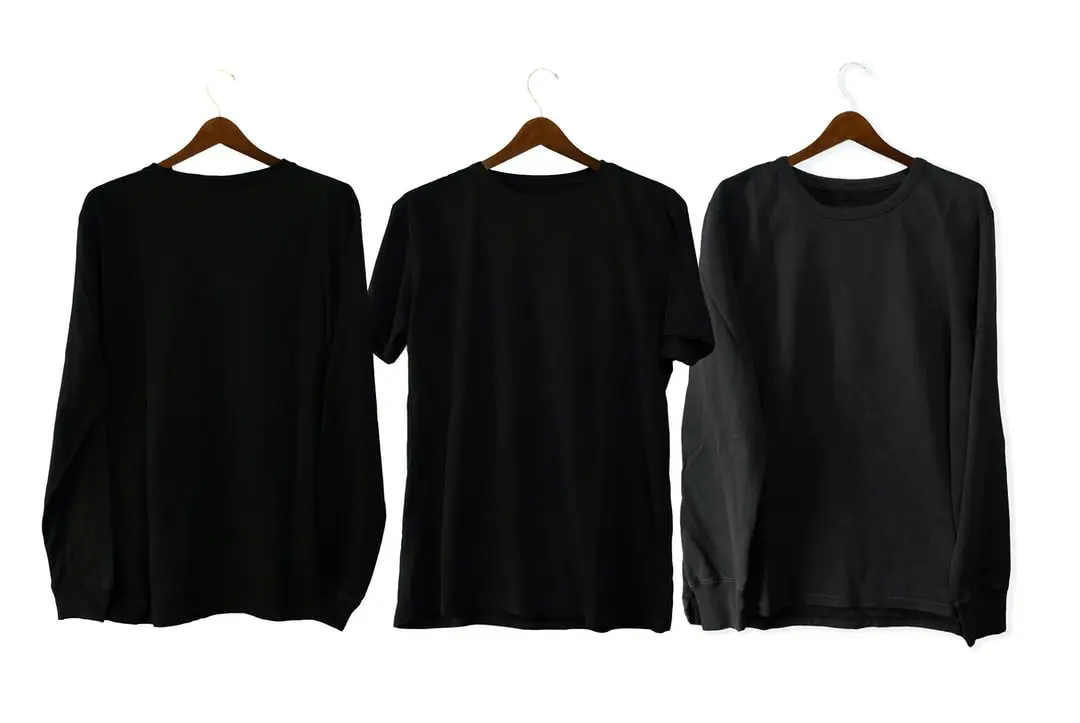Ironing out stubborn stains can feel like a challenging task. Effective techniques are essential to tackle those annoying marks without harming your favorite garments. Understanding the fabric type you’re working with is crucial, as different materials require different approaches.
Before reaching for the iron, it’s important to follow some pre-treatment steps to ensure a successful outcome. Taking the time to properly prepare your clothes can make a significant difference in the results.
Start by identifying the stain type. For example, grease stains often require a degreaser, while protein-based stains, like blood or sweat, respond well to cold water and enzyme-based cleaners.
Always test any cleaning solution on a small, inconspicuous area first to prevent damage. Once you’ve treated the stain, allow the solution to sit for a few minutes to break down the residue.
When you’re ready to iron, adjust the heat setting according to the fabric. For cotton, a high temperature is appropriate, while synthetic materials need a lower setting to avoid melting.
Use a pressing cloth to protect your fabric from direct heat, especially for delicate items. Steam can also help lift stubborn stains, so consider using a steam function if your iron has one.
For specific products, try a stain remover like OxiClean MaxForce for tough spots or a fabric-safe stain stick for on-the-go emergencies.
Remember that patience is key; sometimes, it may take multiple treatments to fully eliminate the stain. By following these steps and using the right products, you can maintain your clothes and keep them looking their best.
Understanding Stain Types
When it comes to removing stubborn stains, knowing the type of stain is crucial. Each stain has a distinct composition, which affects how it interacts with various fabrics. For example, oil-based stains from salad dressings require different cleaning methods than water-based stains like coffee or juice.
Identifying the stain also means assessing how the fabric may react. Some materials, such as silk, are delicate and can be damaged by strong chemicals, while others, like cotton, can handle more aggressive cleaning techniques. Understanding both the stain type and the fabric composition helps you select the appropriate cleaning tools and methods. This not only preserves the integrity of garments but also ensures they look their best.
Tackling a stubborn stain goes beyond mere removal; it involves maintaining the quality of the item. Recognizing these factors equips you to provide excellent care and boosts confidence in the items you treat.
For instance, using a stain remover specifically designed for oil-based stains, like a product containing enzymes, can be effective for salad dressing marks. Meanwhile, a gentle soap solution may work well for coffee spills on cotton. Being informed allows you to deliver the best results while protecting the fabrics involved.
Pre-Treatment Techniques
Effective pre-treatment techniques can significantly enhance your ability to remove stubborn stains. Taking the time to treat stains before washing not only improves your fabric care routine but also helps ensure that items maintain their best appearance. Start by identifying the type of stain and the fabric involved, then select the appropriate pre-treatment method.
Here’s a straightforward guide to common stain removal techniques:
| Stain Type | Pre-Treatment Technique |
|---|---|
| Grease | Apply dish soap and let it sit for a few minutes. |
| Blood | Rinse with cold water and apply hydrogen peroxide carefully. |
| Coffee | Blot the stain with a vinegar solution to lift it. |
| Ink | Dab the area with rubbing alcohol using a clean cloth. |
| Red Wine | Sprinkle salt on the stain, allow it to absorb, then rinse. |
Testing any solution on a hidden area of the fabric is crucial to avoid damage. Always adhere to the care instructions found on the garment label to prevent unwanted issues. Practicing these pre-treatment techniques not only helps you tackle stains effectively but also extends the lifespan of your treasured fabrics. Take the initiative to treat those stains thoughtfully, allowing others to enjoy their garments for a longer time.
Choosing the Right Iron
When tackling stubborn stains, choosing the right iron is crucial for achieving the best results. It’s important to consider the different types of irons on the market, as well as the significance of heat settings and whether to use steam or dry options.
For example, a steam iron can penetrate fabrics more effectively, making it easier to lift tough marks, while a dry iron may be more suitable for delicate fabrics that don’t require moisture. Understanding these aspects will empower you to eliminate those troublesome stains from your clothing efficiently.
For those dealing with heavy-duty stains, a high-quality steam iron, such as the Rowenta DW5080, can provide powerful steam output to tackle even the most persistent issues.
Conversely, for lighter fabrics or quick touch-ups, a compact, lightweight iron like the Black+Decker D2030 can offer convenience without sacrificing performance.
Taking the time to evaluate your specific needs will ensure you select the iron that best suits your stain removal tasks.
Types of Irons
Choosing the right iron can greatly enhance your ability to tackle tough stains on clothing. It’s essential to assess which type of iron aligns with your specific needs.
Steam irons excel at breaking down stubborn stains due to their powerful steam output, making them ideal for heavy-duty tasks. On the other hand, travel irons are compact and convenient, perfect for quick touch-ups while you’re on the move.
For those who value ease of movement, cordless irons remove the inconvenience of tangled cords, allowing for a smoother ironing experience. Vintage irons can add a unique charm to your routine; however, it’s crucial to ensure that they’re both functional and safe to use.
If you have various fabric types to manage, fabric-specific irons offer tailored settings that cater to different materials, ensuring each fabric receives the appropriate care.
When considering the soleplate, ceramic options glide effortlessly over fabrics and help prevent sticking, making them user-friendly. Non-stick irons also offer advantages, ensuring that stains don’t cling to the plate during use.
For individuals facing particularly stubborn stains, heavy-duty irons provide the necessary power and durability to get the job done effectively.
Selecting the appropriate type of iron will equip you to present beautifully pressed, stain-free clothes, showcasing your attention to detail and care for your wardrobe.
Heat Settings Importance
Choosing the right iron is just the first step; understanding heat settings is crucial for achieving optimal results. Each fabric type has specific heat requirements that ensure effective stain removal while avoiding damage. Adjusting your iron’s temperature according to the fabric’s sensitivity plays a pivotal role in the ironing process.
Here’s a straightforward guide to heat settings for different fabrics:
| Fabric Type | Recommended Heat Setting |
|---|---|
| Cotton | High |
| Linen | High |
| Polyester | Medium |
| Silk | Low |
| Wool | Medium |
Setting the correct temperature allows for even heat distribution across the fabric, minimizing the risk of burns or scorches. It’s wise to test a hidden area of the fabric if you’re uncertain about its sensitivity. This small step can prevent damage and ensure that you present others with clean, crisp garments. Mastering heat settings not only enhances your ironing skills but also enables you to help others look their best.
Understanding the significance of heat settings transforms your ironing experience. For instance, using a high setting on cotton and linen ensures wrinkles are smoothed out effectively, while a low setting for silk protects those delicate fibers from scorching. Investing in a quality iron with adjustable settings can also make a significant difference; look for models that offer precise temperature controls for different fabric types. This attention to detail elevates your ironing game and promotes a polished appearance in your clothing.
Steam Vs. Dry Iron
Selecting the right iron significantly impacts your ironing experience, particularly when weighing the benefits of steam versus dry irons. Understanding the unique advantages of each type can enhance your ability to tackle stubborn stains and care for your garments effectively.
Steam irons provide several benefits, including the ability to penetrate fabric fibers effectively. This feature helps to release wrinkles and lift stubborn stains, making the ironing process smoother. The moisture emitted from steam not only assists in wrinkle removal but also aids in loosening dirt, making it simpler to address blemishes on your clothes.
For delicate fabrics, the option to adjust steam settings can be especially advantageous, allowing you to manage each garment with the appropriate level of care, thus preventing damage.
In contrast, a dry iron focuses on delivering consistent heat, which can be beneficial for specific fabrics. While it lacks the stain-lifting capabilities of steam, a dry iron excels at creating crisp lines and a polished appearance on items that are already clean. This makes it a practical choice for garments that require precise finishing touches, such as dress shirts or tailored pants.
Ultimately, your decision between a steam or dry iron should be based on the types of fabrics you frequently work with and the nature of the stains you encounter. Choosing the right tool can streamline your ironing routine, ensuring that your clothes maintain a polished and presentable look.
For those who frequently deal with heavy fabrics or stubborn wrinkles, a high-quality steam iron, such as the Rowenta DW5080 or the Black+Decker D2030, might be ideal. Conversely, if your focus is on precision and crisp finishes, models like the Sunbeam GCSBSP-201-FFP could meet your needs effectively.
Optimal Ironing Temperature
Finding the ideal ironing temperature is crucial for effectively removing stubborn stains while protecting your fabrics. Before you begin ironing, check the fabric composition of your garment. Different materials respond variably to heat, and understanding this can help avoid damage. Use the temperature gauge on your iron to select the appropriate setting.
Here are three important points to keep in mind:
- Cotton and Linen: These fabrics can withstand high temperatures. Set your iron to the highest setting for optimal stain removal. For example, if you have a cotton shirt with a tough wrinkle, using the maximum heat will help smooth it out effectively.
- Synthetics: Fabrics such as polyester require lower temperatures to prevent melting. A medium setting is typically best for these materials. For instance, if you’re ironing a polyester blend dress, aim for a temperature that won’t compromise the fabric’s integrity.
- Silk and Wool: Use a low to medium temperature and consider testing on a small, inconspicuous area first to avoid any damage. If you own a silk blouse, starting with a lower heat setting ensures you won’t burn the delicate fibers.
Understanding the right temperatures for different fabrics not only helps in achieving a crisp, polished look but also prolongs the life of your garments.
Ironing Techniques for Stains
The right ironing technique can significantly improve your chances of removing stubborn stains. Start by laying your fabric flat on an ironing board to create a smooth surface, which is essential for effective stain removal.
Place a clean cloth or pressing cloth over the stained area; this acts as a barrier, protecting the fabric and preventing any damage from direct heat.
Next, adjust your iron to the correct temperature based on the type of fabric. If you’re uncertain, it’s safer to choose a lower setting to avoid damaging the material.
Gently steam the stained area while applying light pressure. This approach not only helps lift the stain but also ensures it doesn’t penetrate deeper into the fibers.
While you work, remember that fabric care is crucial. Always test the iron on a hidden section of the fabric first to confirm it won’t cause harm.
If the stain remains after your initial attempt, consider using a combination of gentle heat and moisture for more effective results.
With patience and the right techniques, you can restore the fabric’s original appearance, preparing it for future use. Taking the time to care for your garments contributes greatly to their longevity and overall condition.
Using Stain Removers Effectively
When dealing with stubborn stains, using stain removers effectively is crucial for successful cleaning. Begin by selecting a stain remover that’s specifically designed for the type of stain you’re addressing, whether it’s grease, ink, or red wine. This targeted approach ensures that the product will work optimally to break down the stain.
To effectively treat the stain, follow these steps:
- Pre-treat the stain: Apply the stain remover directly to the affected area and allow it to sit for the recommended duration. This waiting period is essential as it enables the product to penetrate the fabric and break down the stain effectively.
- Gently blot: Instead of rubbing the fabric, use a clean cloth to gently blot the stain. This technique helps to lift the stain without causing damage to the material.
- Follow up: After treatment, wash the fabric according to the care instructions provided. Before placing it in the dryer, inspect the area for any residual stain. If the stain persists, repeat the treatment process to enhance your chances of complete removal.
Utilizing the right products and techniques not only increases the likelihood of removing tough stains but also protects your fabrics from damage.
For example, products like OxiClean MaxForce are excellent for grease stains, while Zout is particularly effective against protein-based stains like blood or sweat. Selecting the right product tailored to your specific needs makes all the difference in achieving clean, stain-free fabrics.
Protecting Fabrics While Ironing
When ironing, it’s crucial to safeguard your fabrics to prevent any potential damage. Always select the appropriate iron settings based on the fabric type. For instance, cotton requires a higher heat than silk, which should be ironed on a low setting.
To ensure compatibility, test the iron on a small, inconspicuous area of the fabric before proceeding with the entire garment.
Using protective covers can provide an extra layer of security, especially when working with delicate materials such as lace or chiffon. These covers can help distribute heat evenly and protect against direct contact, which may cause burns or marks.
Products like heat-resistant ironing mats or pressing cloths are excellent investments for anyone serious about fabric care.
Taking these precautions not only prolongs the life of your garments but also ensures that they maintain their appearance and texture.
Implementing these practices will make your ironing experience smoother and worry-free.
Use Proper Iron Settings
Choosing the right iron setting is crucial for protecting your fabrics while effectively addressing stubborn stains.
Using the appropriate heat settings not only aids in stain removal but also safeguards your cherished garments from damage. It’s important to consider the compatibility of the iron with each fabric type to ensure proper care.
Here are some practical tips for adjusting heat settings:
- Read care labels: These labels provide vital information regarding the recommended temperatures for various fabrics. Always check them before starting.
- Start with a low setting: If you’re uncertain about the correct heat level, begin with the lowest setting. Gradually increase the temperature until you find the right one for your fabric.
- Test on a hidden area: Prior to tackling stains, test the iron on a less visible section of the fabric. This ensures that you avoid any potential damage.
Using the right iron settings can make a significant difference in maintaining the quality of your clothes while keeping them looking their best.
Always prioritize fabric safety to prolong the life of your garments.
Test Fabric First
Before you start ironing, it’s crucial to test the fabric to prevent any damage to your clothes. Different types of fabric react uniquely to heat, so understanding your material’s response is essential to avoid mishaps. For example, natural fibers like cotton can handle higher temperatures, while more delicate fabrics such as silk or polyester require lower settings to maintain their integrity.
To conduct a fabric test, choose a discreet area of the garment, such as an inside seam. Set your iron to a low temperature and gently press it against the fabric for a few seconds. If the fabric remains unchanged in color or texture, you can proceed with ironing. However, if you observe any discoloration or changes in texture, it’s important to adjust the iron’s temperature to a safer level.
Stain treatment also plays a role in this process. Older stains may need higher heat to lift, but excessive heat can cause them to set permanently. Testing the fabric first ensures you don’t inadvertently harm the material while trying to tackle those stubborn stains.
This simple precaution not only protects your clothing but also helps you maintain the quality of garments for others, ensuring they remain in excellent condition.
Employ Protective Covers
Employing protective covers can significantly enhance your ironing experience while protecting your fabrics from potential harm. Integrating ironing covers into your routine helps maintain the quality of delicate materials and elevates the overall effectiveness of your ironing tasks.
Here are some notable advantages of using protective fabrics:
- Prevents Direct Heat: Protective covers act as a barrier, safeguarding your garments from the intense heat of the iron, which minimizes the chances of burns or scorch marks.
- Reduces Staining: When tackling stubborn stains, these covers can keep any residue from transferring back onto your fabric, preserving its appearance.
- Enhances Smoothness: Many protective covers create a more uniform surface for the iron to glide across, facilitating crisp results.
Choosing the appropriate protective covers demonstrates your commitment to maintaining your clothes and serving others effectively. It’s crucial to select covers specifically designed for the type of fabric you’re working with, ensuring your ironing process remains both efficient and safe.
This careful selection allows you to achieve beautifully pressed garments consistently. For optimal results, consider using silicone ironing mats or cotton covers, which are known for their heat resistance and smooth finish.
These products not only protect your fabrics but also improve the overall ironing experience.
Post-Ironing Care Tips
To keep your freshly ironed clothes looking their best, focus on proper post-ironing care. Start by allowing your garments to cool completely before folding or hanging them. This step helps prevent creases from forming, ensuring they maintain that crisp appearance you desire.
Next, pay attention to fabric care by storing your items in a cool, dry environment. Avoid stuffing your closet full; this ensures good air circulation, which is essential for preventing unwanted wrinkles. For more delicate fabrics, consider placing them in breathable garment bags to shield them from dust and potential pests.
When it comes to stain management, always inspect your clothes for any leftover stains after ironing. If you notice any, treat them right away with the appropriate stain remover to prevent them from setting in. Regularly check your garments for signs of wear; addressing issues early can significantly extend their lifespan.
If time allows, you can refresh your clothes by lightly steaming them in the bathroom after a shower or hanging them outside briefly. This method can rejuvenate the fabric and smooth out minor wrinkles.
Preventing Future Stains
To keep your clothes looking their best, taking proactive measures to prevent future stains is crucial.
Focusing on stain prevention and proper fabric care helps maintain the freshness of your wardrobe, allowing you to present yourself with confidence.
Here are three effective strategies to help you stay ahead of stains:
- Act Quickly: When spills occur, take immediate action. Blot the affected area with a clean cloth to absorb as much of the stain as possible. The sooner you respond, the better your chances of preventing permanent damage.
- Choose the Right Fabrics: Select materials known for their stain-resistant properties, such as polyester or treated cotton. This is particularly important for occasions where spills are more likely, like outdoor events or family gatherings.
Fabrics with tight weaves can also help minimize the risk of stains penetrating the fibers.
– Use Protective Sprays: Applying a fabric protector can be a game changer. Products like Scotchgard or Nikwax create a barrier on your clothes, making it more difficult for stains to set in.
Regular application can help extend the life of your favorite garments.
Conclusion
To effectively tackle stubborn stains while ironing, it’s essential to first understand the different types of fabric you’re working with. Each fabric has its own ideal temperature setting, so adjusting your iron accordingly is crucial. Before you start ironing, take the time to pre-treat any stains with an appropriate stain remover. This step can significantly enhance your results and make the stain removal process easier.
Using the right techniques and protective measures will not only help you bring your garments back to life but also boost your confidence in your ironing abilities. For instance, using a clean, dry cloth between the iron and delicate fabrics can prevent scorching. Additionally, consider steam settings for tougher stains, as the added moisture can help lift them more effectively.
Every wrinkle that you smooth out and every stain that you conquer transforms your clothes into a fresh representation of your style and attention to detail. With these strategies in mind, you are well-equipped to turn your ironing sessions into a more successful and satisfying experience.
